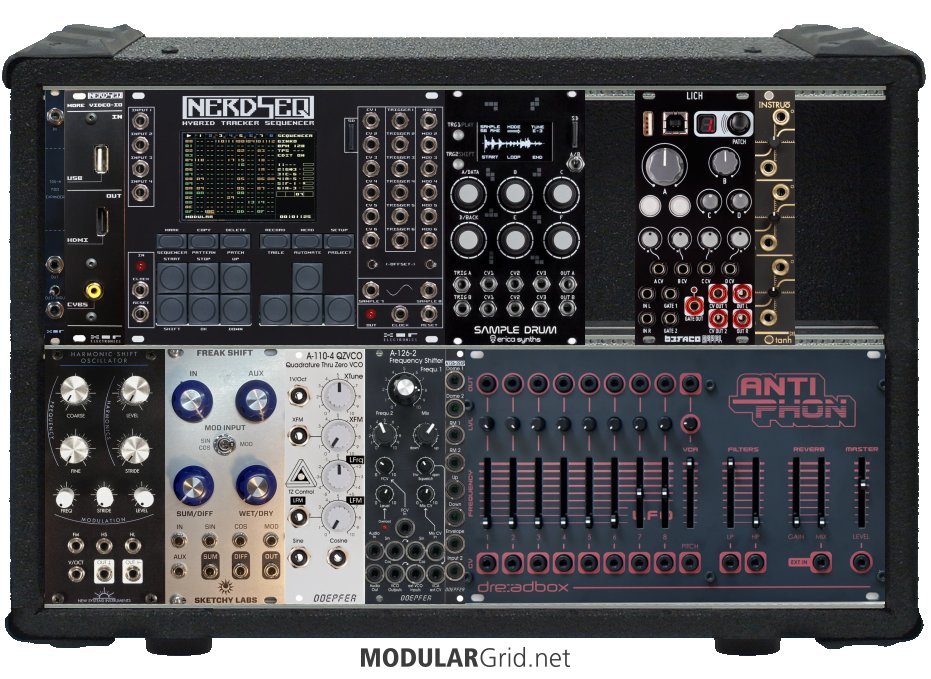Hi, I'd like to work with a module that has inharmonic (Non integer) partials. So far it looks like a module close to what I'm looking for is the Harmonic Shift Oscillator by New System Instruments. I'm not sure if it does exactly what I want, but if I understand the module correctly It has a Harmonic Shift knob that alters how spread the partials are. I'm trying to replicate the results in this video (which are in turn from the book Tuning Timbre Spectrum Scales)
Also fun bonus fact: The idea that consonance is based on simple integer ratios is a pure misconception! That's exciting if you ask me (see video).


